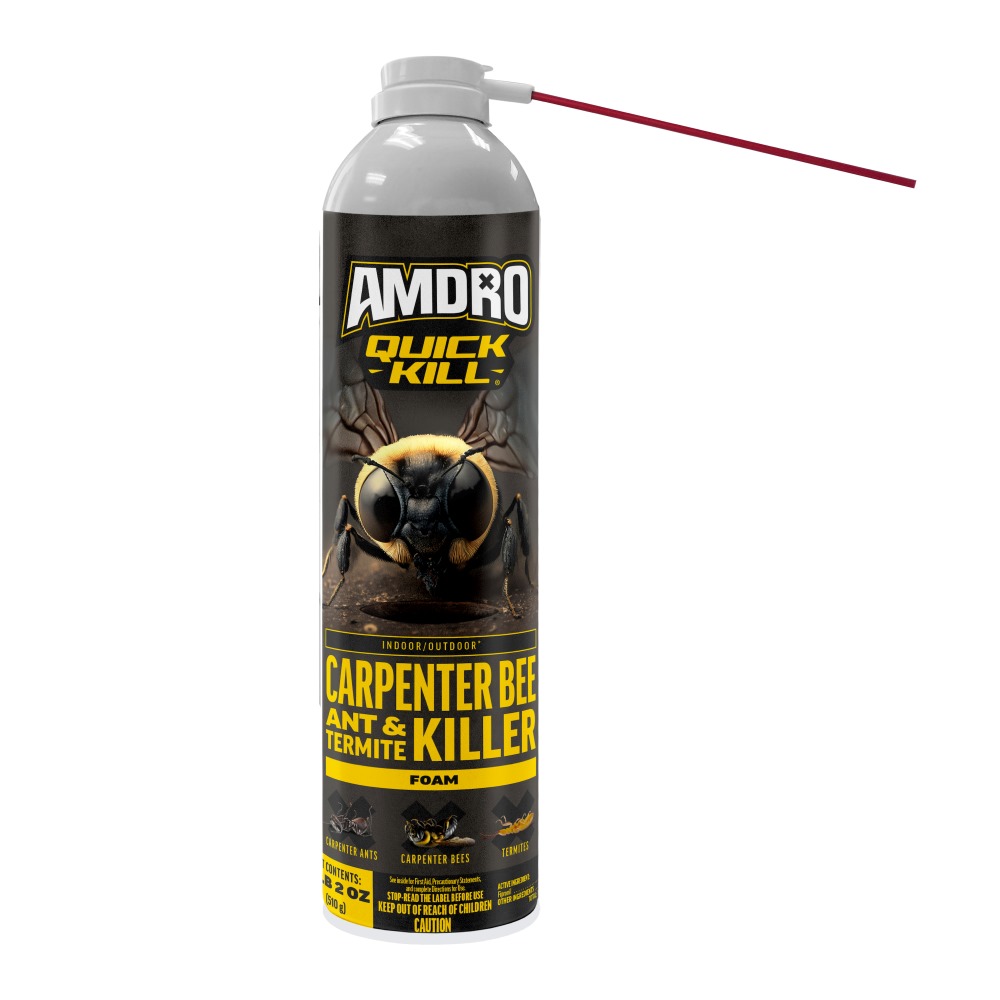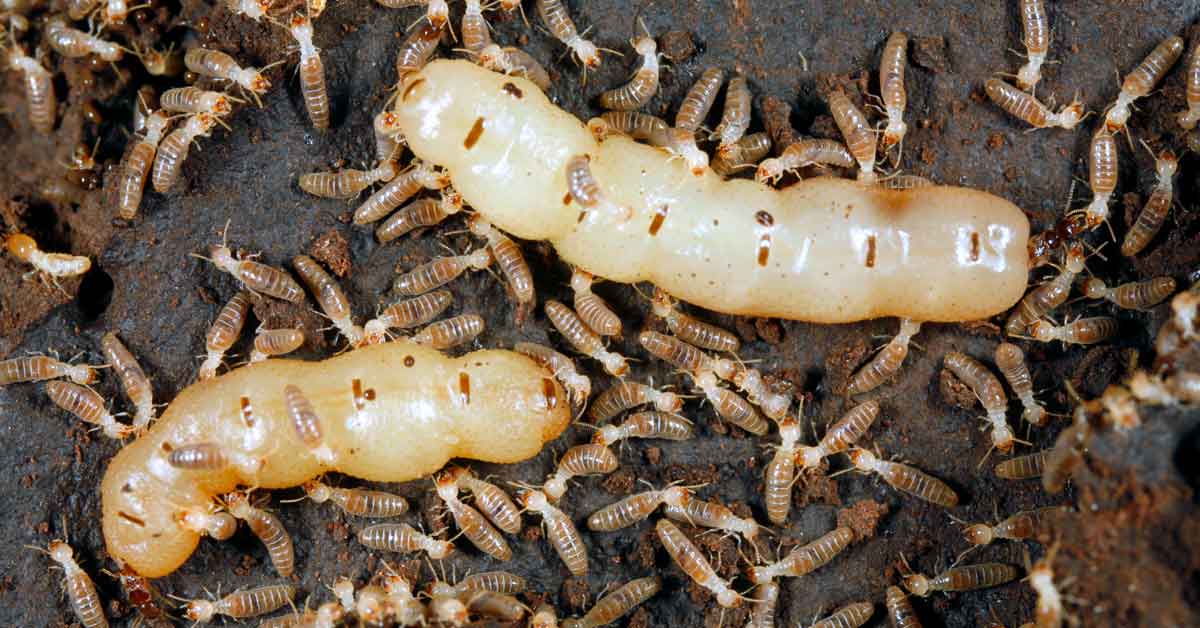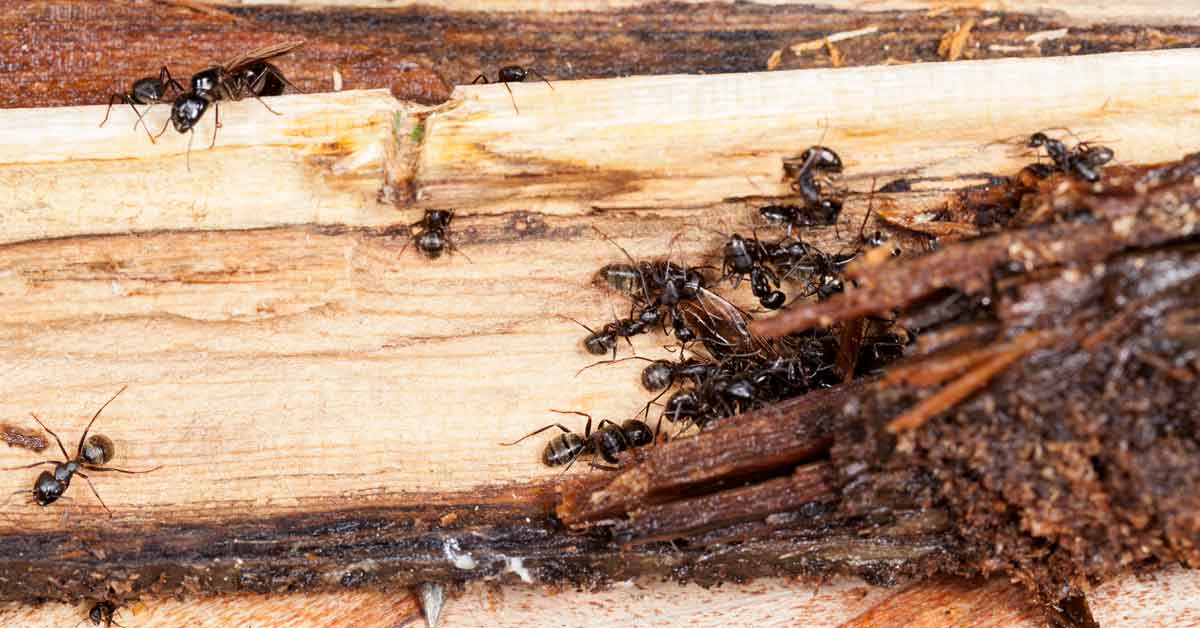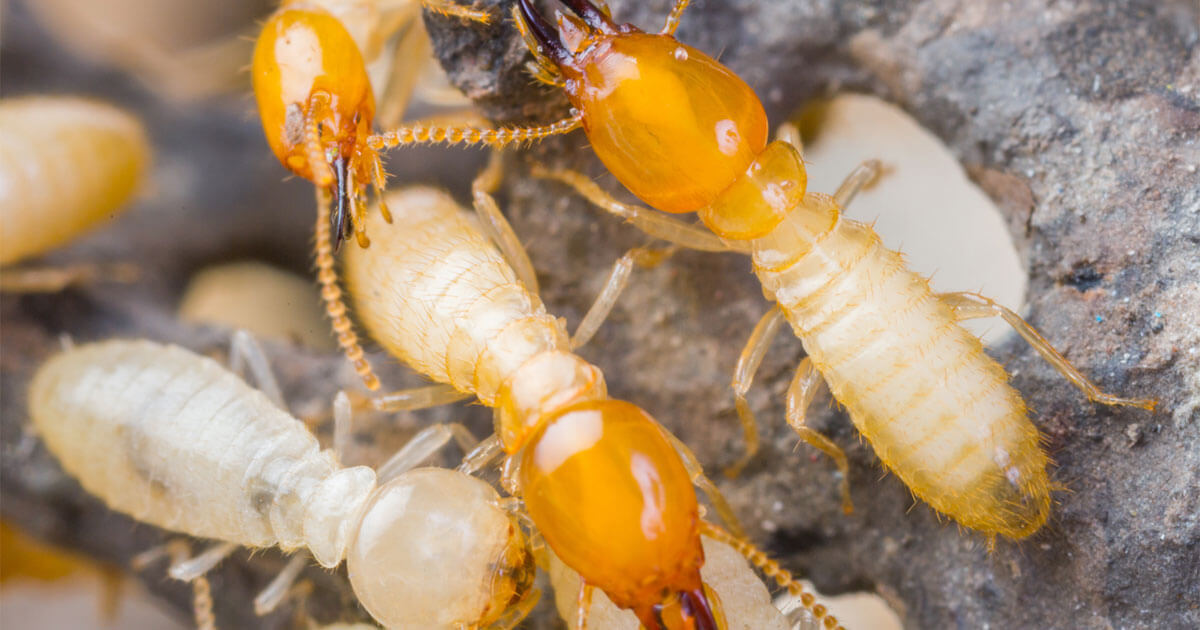Termites
TERMITE IDENTIFICATION
Termites rarely venture out of their hiding places. When they do, it's usually to mate. Winged, reproductive termites are often mistaken for winged carpenter ants. Though these wood-damaging pests look similar at first, close inspection reveals several differences:
- Termites have straight antennae; ants have jointed antennae.
- Termites have broad, undefined waists; ants have defined, wasp-like waists.
- Termites have four wings, all the same length; ants have two wing pairs that differ in length.
- Winged termites are light brown to nearly black; winged carpenter ants are typically darker
Wingless termite workers, sometimes mistakenly called white ants, have soft, yellow-white bodies. They're normally seen only in exposed colonies. Wingless soldier termites, which guard the colonies, have yellow-brown bodies and large brown heads with fierce-looking jaws.
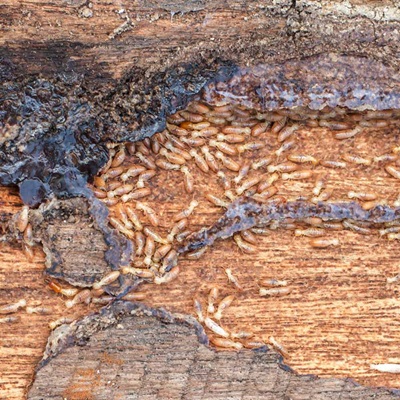
SIGNS OF TERMITES
Unlike carpenter ants and carpenter bees, termites eat the wood they damage. Termite-damaged wood sounds hollow when tapped. Unlike smooth-sided, debris-free carpenter ant galleries, termite galleries have rough, excrement-lined walls.
Soft termite bodies require moist conditions. Some types build protective mud tunnels that connect soil to feeding places in wood.
When reproductive termites swarm and mate in spring, many leave their wings in piles. By the time a termite colony reaches this stage, structural damage may be extensive.
HOW TO CONTROL TERMITES
Termite damage can severely compromise the structural integrity of your home. Prompt, effective treatment is critical. For active infestations, always seek professional help to inspect and assess the damage. Amdro® brand offers products designed to work along with professional structural treatments to preserve and protect your home:
- Amdro Quick Kill® Indoor/Outdoor Carpenter Bee, Ant & Termite Killer Ready-To-Use, in a convenient spray container, works outdoors and as a spot treatment indoors. It kills termites fast and keeps working up to three months outdoors and up to 12 months inside.
- Amdro Quick Kill Indoor/Outdoor* Carpenter Bee, Ant & Termite Killer Foam provides a way to reach termites inside their hiding places. The foam expands when sprayed (straw included for targeted application) to kill termites and other wood-infesting pests, with no messy residue left behind.
TERMITE CONTROL TIPS
If you live in known termite country, consider regular professional inspections to protect your home. Repair leaky faucets and pipes and eliminate areas where moisture collects so your home is less attractive to these destructive pests.
*Not for use Outdoor/Exterior Use in California
Always read product labels and follow the instructions carefully. Amdro and Amdro Quick Kill are registered trademarks of Central Garden & Pet Company.
Pest Gallery
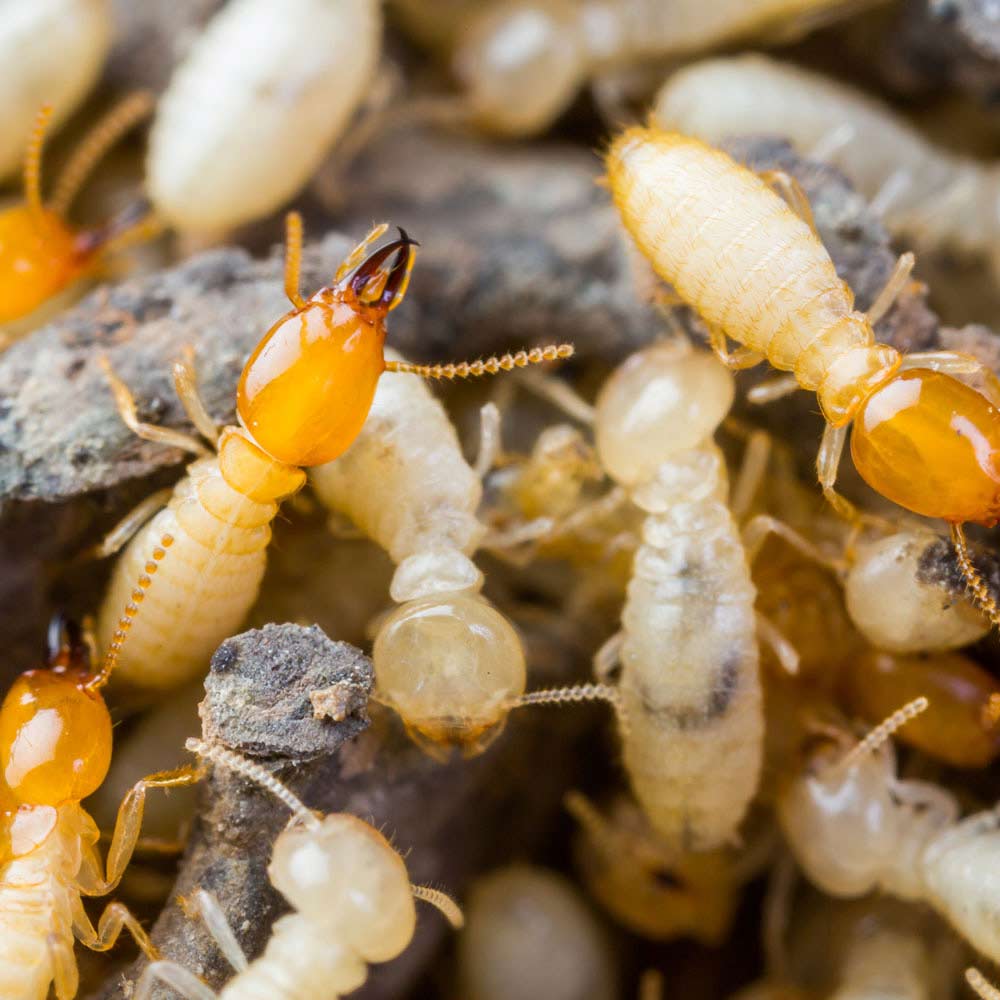
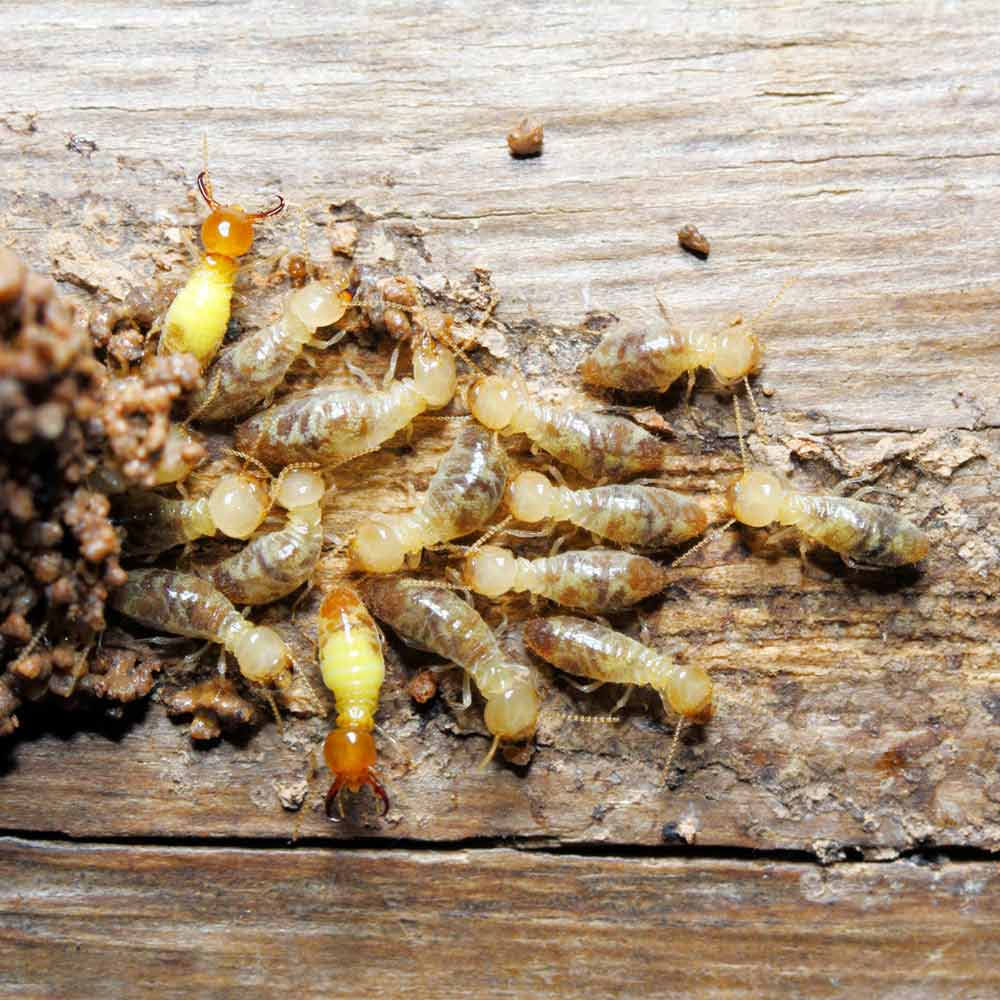
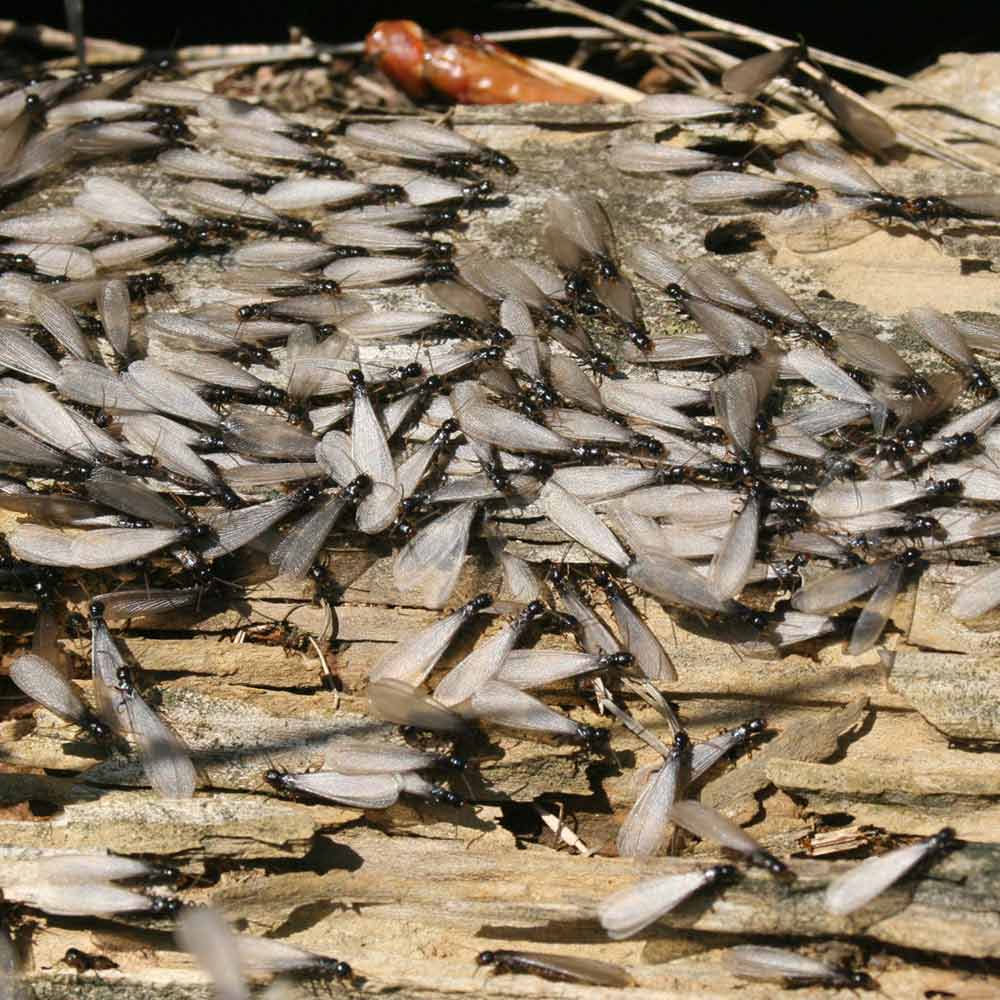
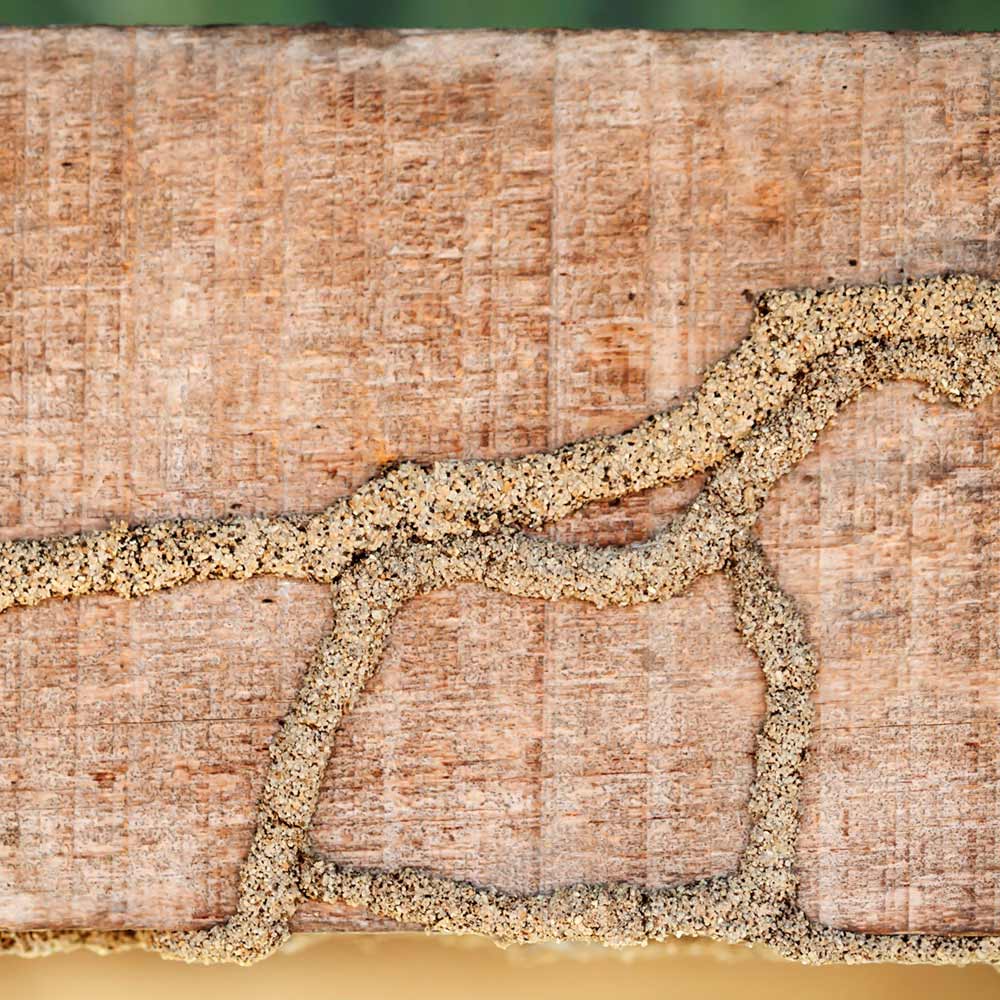
Is this not your insect?



